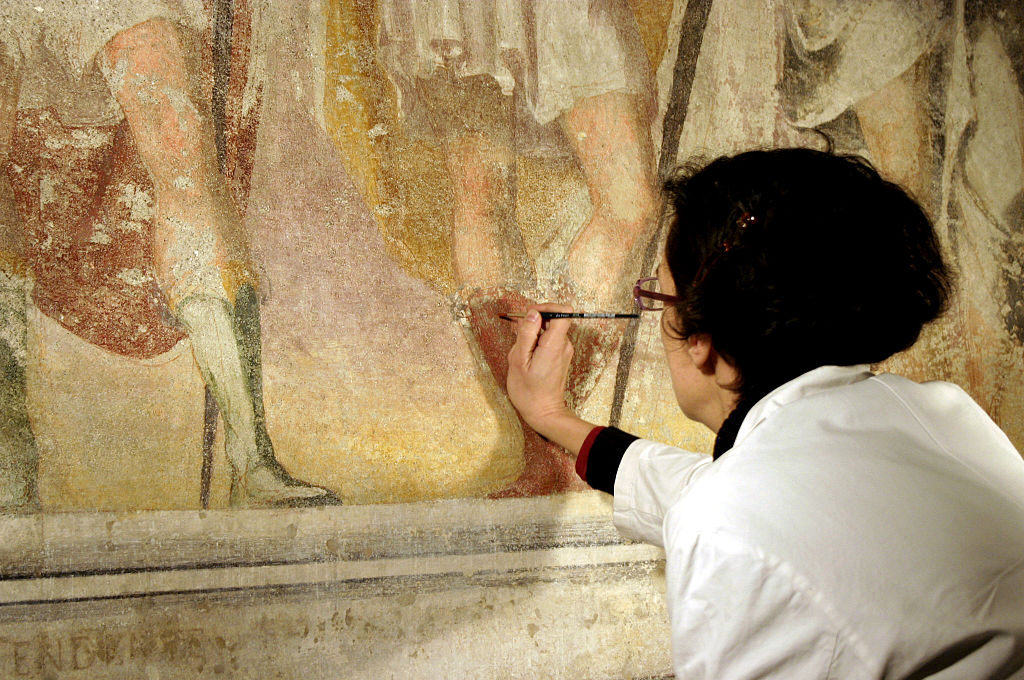Drottningholm Palace is a stunning royal residence located just outside of Stockholm, Sweden. This UNESCO World Heritage site is famous for its beautiful gardens, impressive architecture, and rich history.
When you visit, you’ll step into a world that reflects Swedish culture and history, making it a must-see destination for anyone exploring the capital.
As you wander through the palace and its grounds, you can admire the well-preserved buildings that date back to the 17th century. You’ll find the enchanting Drottningholm Palace Theatre and the charming Chinese Pavilion, both showcasing unique aspects of the palace’s history.
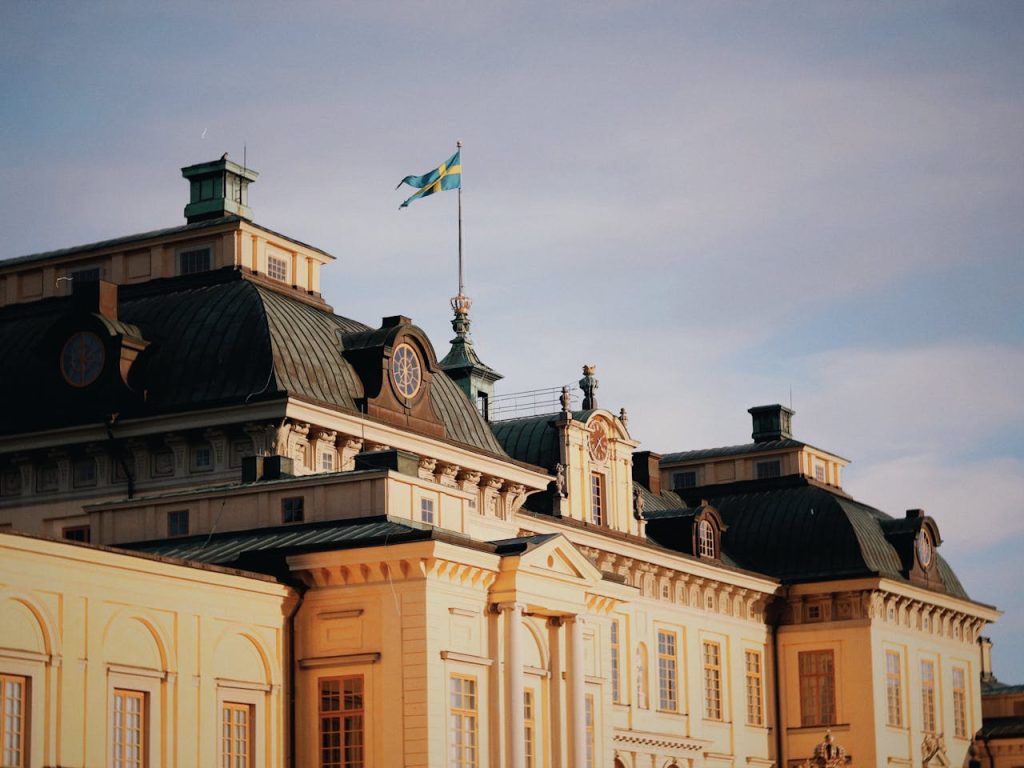
This extraordinary site not only offers a glimpse into royal life but also provides a peaceful escape amidst its picturesque surroundings.
Whether you’re interested in history, architecture, or just a lovely day out, Drottningholm Palace has something for you. It’s an ideal spot to soak in the natural beauty of Sweden while learning about the country’s royal heritage.
If you’re planning a trip to Stockholm, don’t miss the chance to explore this incredible UNESCO World Heritage site.
History and Significance
Drottningholm Palace has a rich history tied to the Swedish royal family and its architectural development. It highlights significant periods in Swedish history and is recognized for its cultural value as a UNESCO World Heritage site.
Foundation and Royal Connections
Drottningholm Palace was founded in the late 17th century by Nicodemus Tessin the Elder. Initially built as a summer residence for Queen Hedvig Eleonora, the palace showcases Baroque architecture and beautiful gardens.
Throughout the years, it served as a home for various members of the Royal Family of Sweden. This connection to royalty adds a layer of importance, reflecting the grandeur and lifestyle of Sweden’s elite during the 1600s and beyond.
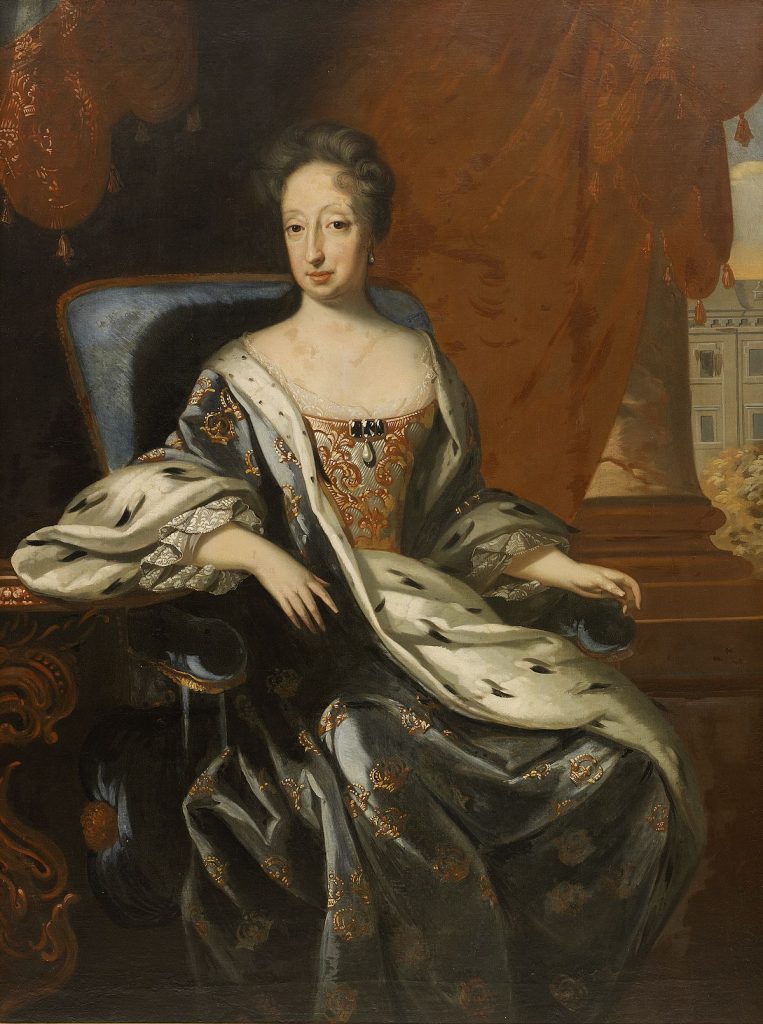
UNESCO World Heritage Designation
In 1991, Drottningholm Palace was designated a UNESCO World Heritage site. This recognition highlights its outstanding universal value and well-preserved state, making it a prime example of 18th-century royal architecture.
The designation serves to protect and promote its historical significance. As a UNESCO site, it attracts visitors from around the world, eager to experience its beauty and learn about its rich heritage.
Drottningholm Palace Through the Centuries
Over the centuries, Drottningholm Palace has undergone numerous renovations. It remained an essential residence for the Swedish royal family into the 18th century and beyond.
You can explore features like the Chinese Pavilion and the royal theater, which showcase the palace’s unique architectural evolution. The gardens were also designed to reflect royal tastes, making it a significant cultural landmark.
Visiting Drottningholm Palace offers a glimpse into the past, where you can appreciate the beauty and history of Sweden’s royal heritage.

Architectural Marvel
Drottningholm Palace is a stunning example of European architecture that reflects the Baroque style. Its design combines elegance with intricate details, making it a standout structure. You’ll find important influences and comparisons that highlight its architectural significance.
Baroque Influences and Design
The Baroque style is prominent throughout Drottningholm Palace, emphasizing grandeur and ornamentation. Designed by Nicodemus Tessin the Elder in the late 17th century, it showcases features like dynamic shapes and elaborate decorations.
Key elements include:
- Symmetry: The layout is carefully balanced, with gardens and buildings reflecting harmony.
- Ornate Details: Inside, you’ll see gilding, carved wood, and stunning frescoes.
These aspects create a visual experience that captures the opulence of the Baroque period.
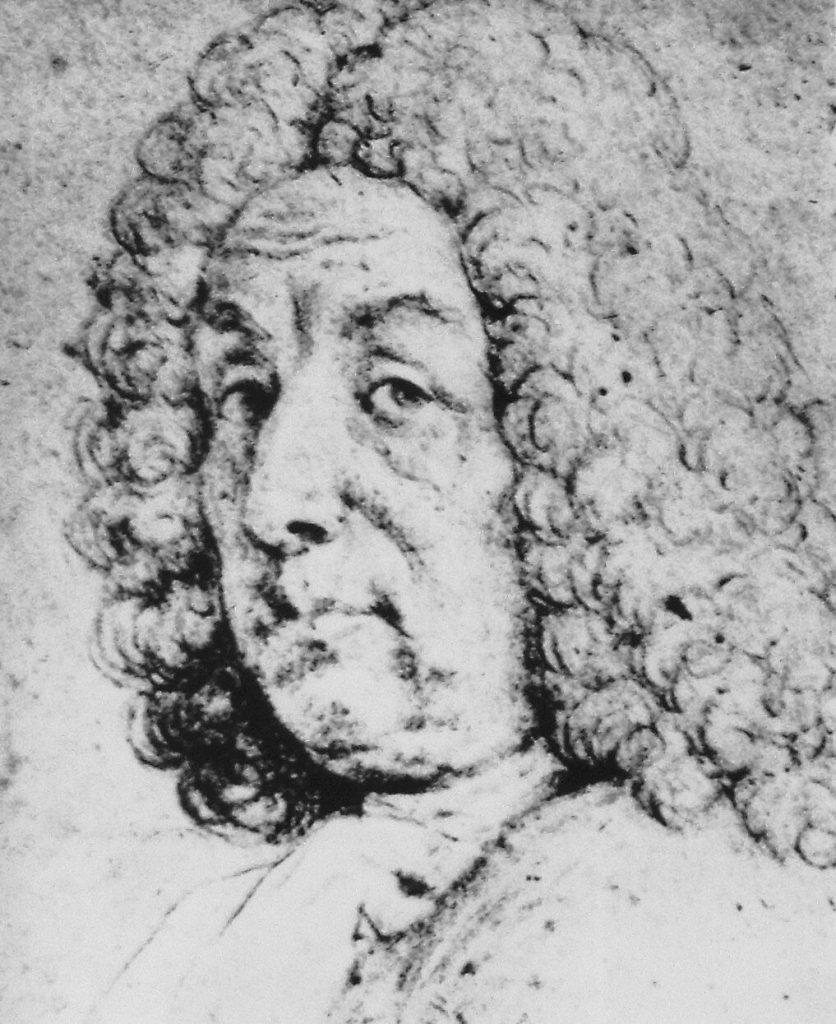
Comparisons to Versailles
Drottningholm Palace is often likened to Versailles, a symbol of French royal architecture. This similarity stems from its grand gardens and impressive architecture.
The following elements draw parallels:
- Gardens: Both locations feature vast, meticulously designed gardens that enhance the palatial experience.
- Palace Structure: While smaller than Versailles, Drottningholm’s layout mirrors the French style with its rectangular shape and central axis.
These comparisons emphasize its significance in European architecture, showing how influences traveled across borders.
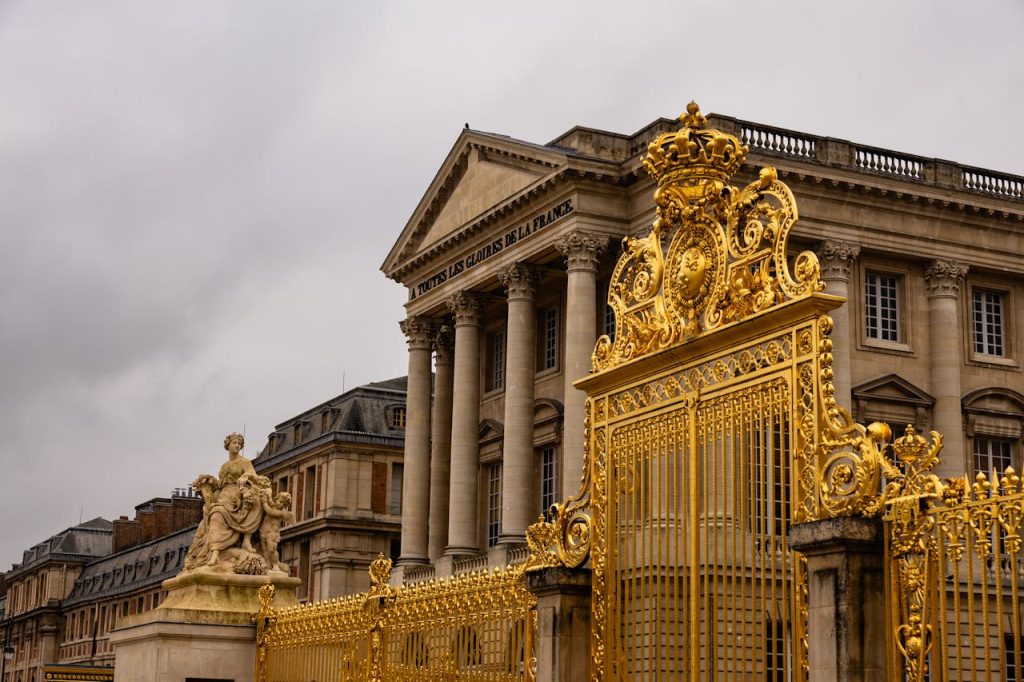
Architectural Evolution and Additions
Drottningholm Palace has evolved since its completion in the 17th century. Various renovations and additions have been made, particularly under the direction of Nicodemus Tessin, who aimed to modernize the palace while retaining its original charm.
Notable changes include:
- Theatre Addition: The palace theatre, built in the 18th century, adds cultural richness to the site.
- Chinese Pavilion: This unique addition, built in the 1760s, reflects the fascination with Asian design during that era.
These additions contribute to the palace’s historical tapestry, making it a living example of architectural evolution through the centuries.
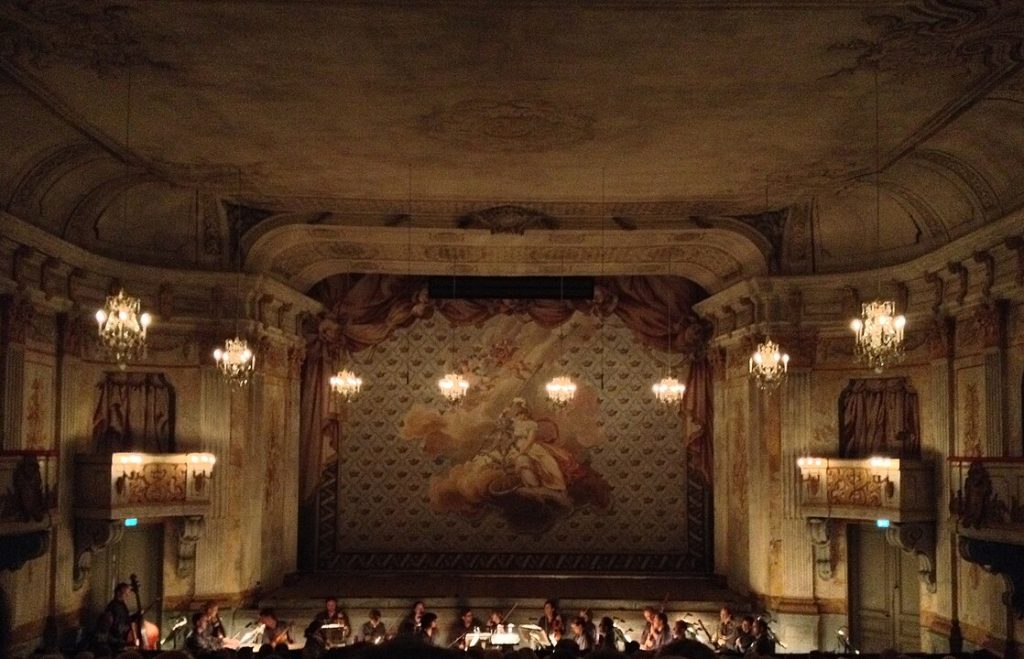
Gardens and Parklands
The gardens and parklands at Drottningholm Palace are remarkable features of the Royal Domain. They showcase two distinct styles: the formal Baroque garden and the more relaxed English garden. Both offer beautiful landscapes that invite you to explore and enjoy the surroundings.
The Baroque Garden
As you walk through the Baroque garden, you’ll notice its symmetrical design and meticulously trimmed hedges. This garden, laid out in the 17th century, is filled with geometric shapes and enchanting fountains.
You can find beautiful sculptures among the flower beds, adding a touch of artistry to the landscape. The garden reflects the grandeur of the era and invites you to take a leisurely stroll while appreciating its elaborate details. The close proximity to Lake Mälaren enhances the beauty of this elegant setting.
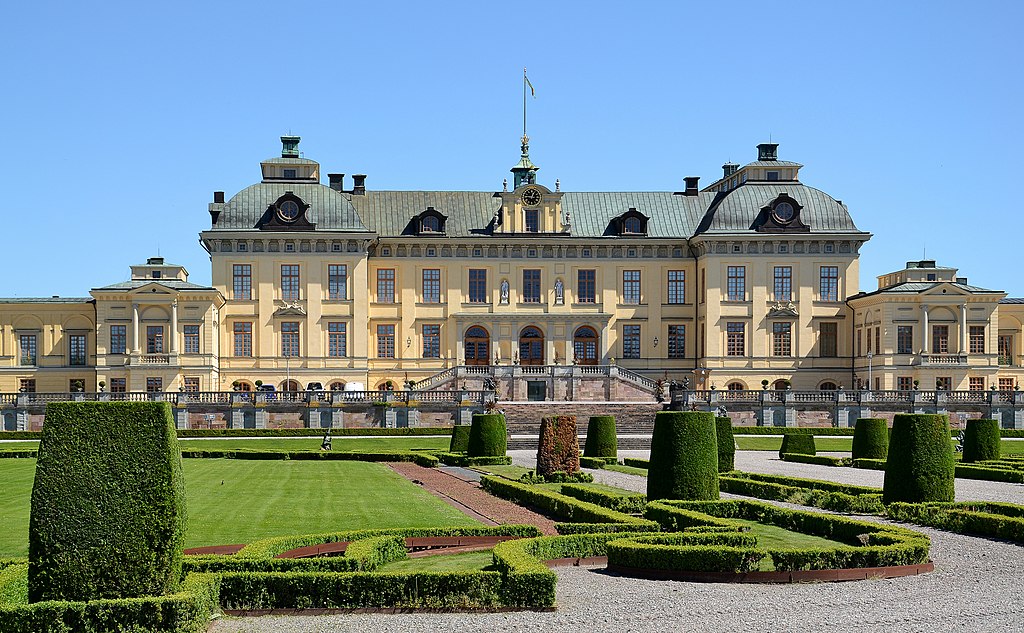
The English Garden
Unlike the Baroque garden, the English garden features a more informal design. Here, nature takes center stage with winding pathways and natural-looking plant arrangements.
You’ll enjoy the serene atmosphere as you walk among the lush greenery and colorful flowers in full bloom. This garden is perfect for relaxation or a quiet moment in nature. The contrast between the formal Baroque style and the casual English garden makes your visit even more interesting.
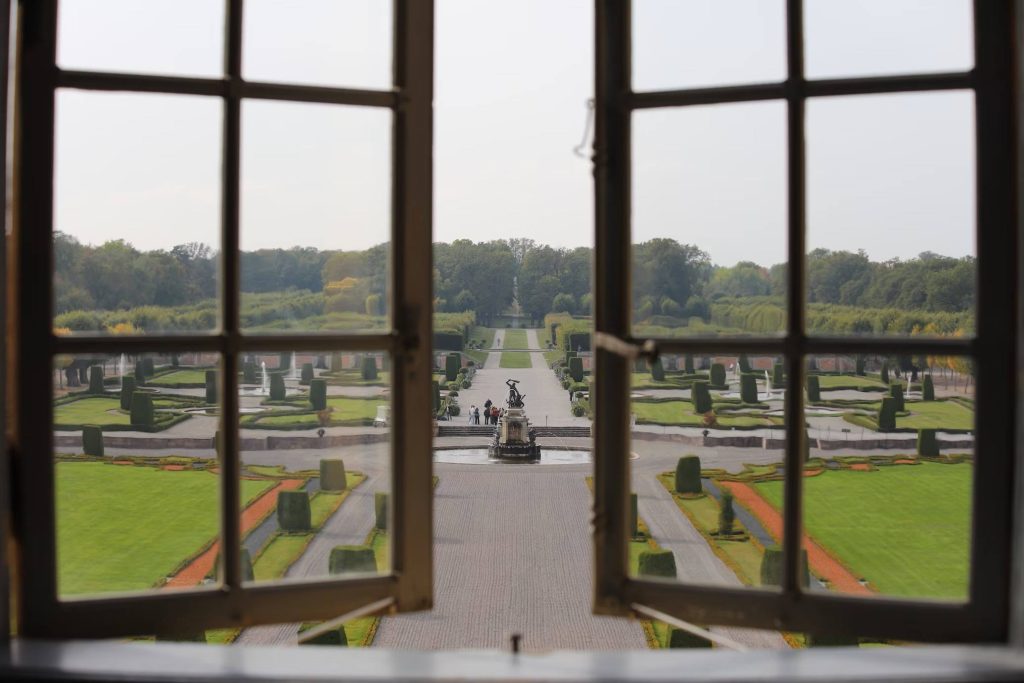
Scenic Surroundings
The surrounding area enhances the beauty of Drottningholm Palace. You can enjoy stunning views of the gardens against the backdrop of Lake Mälaren. The parklands are dotted with charming walking paths, perfect for enjoying a peaceful day outdoors.
You’ll also find various sculptures and artistic installations scattered throughout the park, adding another layer of interest. Each corner offers something unique, providing perfect spots for photography or simply soaking in the beauty of nature.
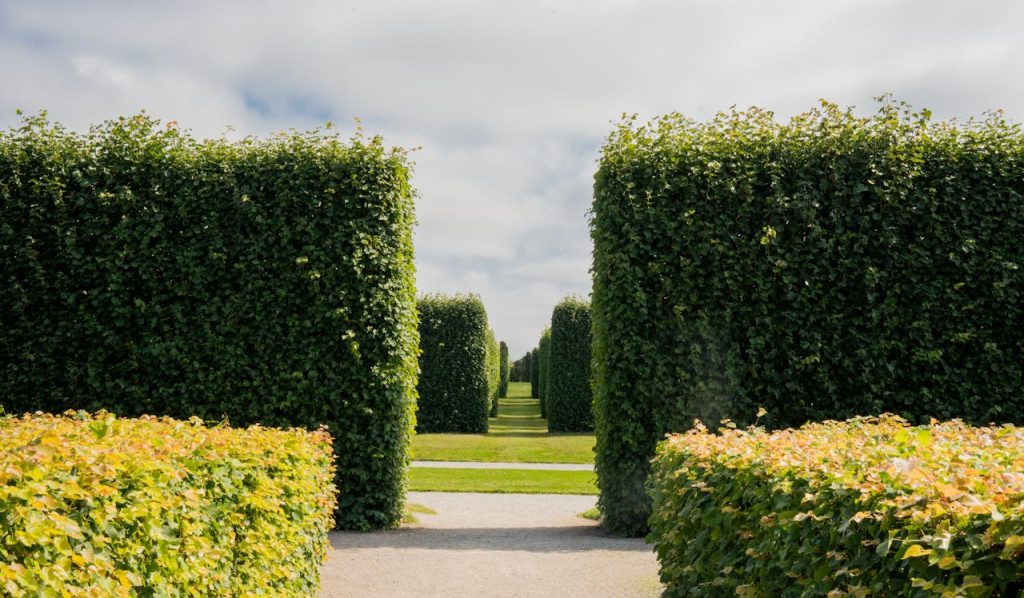
The Royal Palace and its Residences
Drottningholm Palace is not just a historical site; it serves as a vibrant royal residence with unique features. You will discover its official royal functions, the stunning Chinese Pavilion, and the enchanting Drottningholm Palace Theater.
Official Royal Residence
Drottningholm Palace stands as the official residence of the Swedish royal family. It is a beautiful blend of function and history. Built in the late 17th century, it is well-preserved and rich in architecture.
The palace features grand rooms and exquisite gardens that you can explore. You might find it fascinating that this site hosts royal events and receptions. The splendid rooms often showcase portraits and artifacts that tell the tale of the Swedish monarchy.
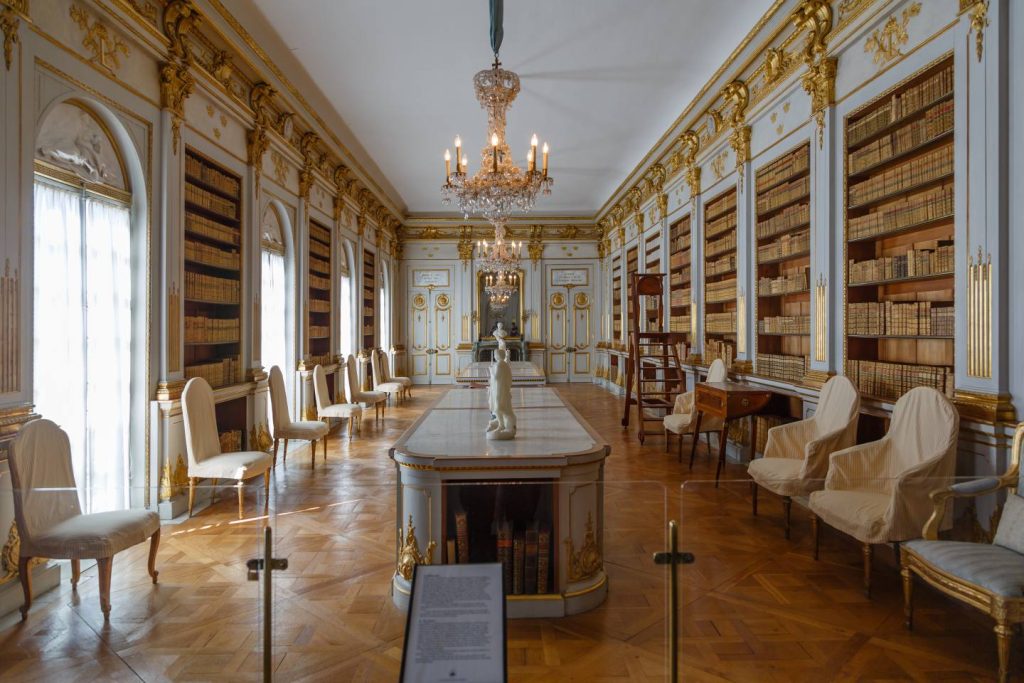
The Chinese Pavilion
The Chinese Pavilion is one of the most unique features of the Drottningholm estate. Built in the 18th century, this architectural gem reflects a fascinating mix of Eastern and Western styles. It was designed for King Frederick I and is inspired by traditional Chinese design.
The pavilion is adorned with beautiful decorations and artwork, making it a visual delight. You can enjoy the serene gardens around it, which add to its beauty. Visiting this site gives you a glimpse into the royal family’s interest in exotic cultures.
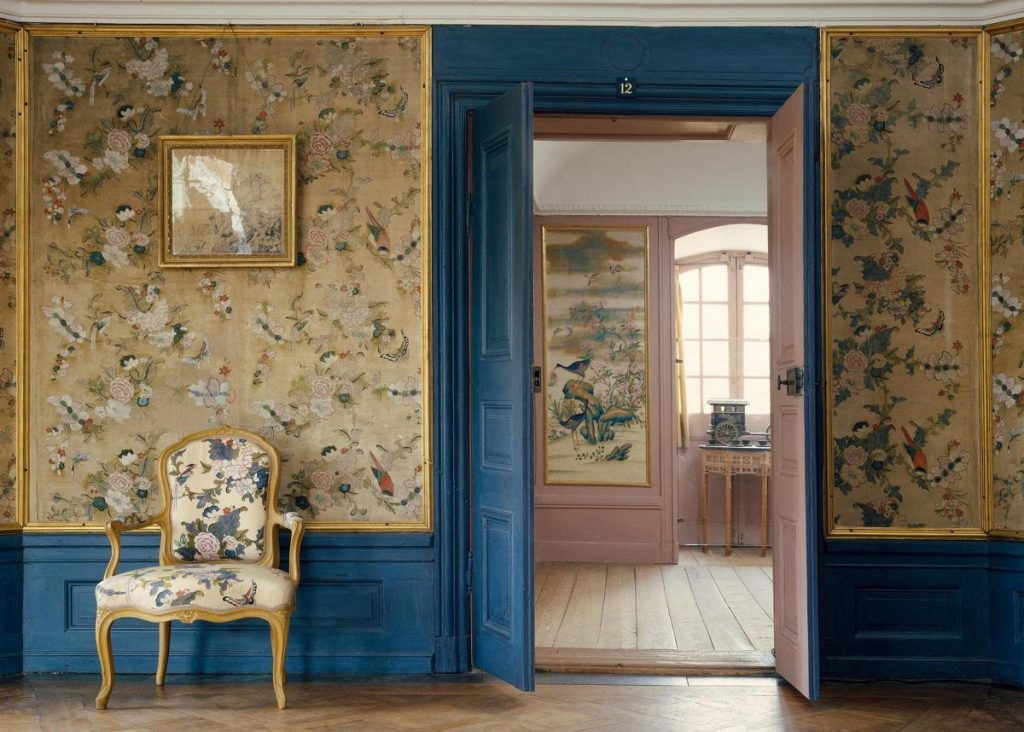
Drottningholm Palace Theater
The Drottningholm Palace Theater is a remarkable treasure. Constructed in the 18th century, it is one of the best-preserved theaters of its kind in Europe. The theater offers a unique experience with its vintage stage machinery and charming decor.
You can attend performances or take guided tours to see its lovely interior. The theater is not only historic but also hosts various cultural events. It’s a delightful place to experience the art and culture that the royal family has cherished for centuries.

Visiting Drottningholm
Visiting Drottningholm Palace is a wonderful experience, perfect for a day trip from Stockholm. Travelers should plan their trip carefully to make the most of their time and enjoy guided tours for a deeper understanding of its history.
Planning Your Day Trip
Drottningholm Palace is located on Lovön Island, about 11 kilometers from Stockholm city. You can reach it by taking a bus or a ferry. Both options offer a scenic view of the surroundings.
It’s best to start your day early to fully explore the grounds. The palace opens at 10 AM, so plan to arrive a little before.
Consider setting aside at least 3-4 hours for your visit. Don’t forget to check the weather and dress appropriately, as much of your time will be spent outdoors in the gardens.
Make sure to purchase your tickets online in advance. This helps avoid long lines and secures your spot for guided tours. You may also want to bring a picnic for a lovely lunch in the gardens.
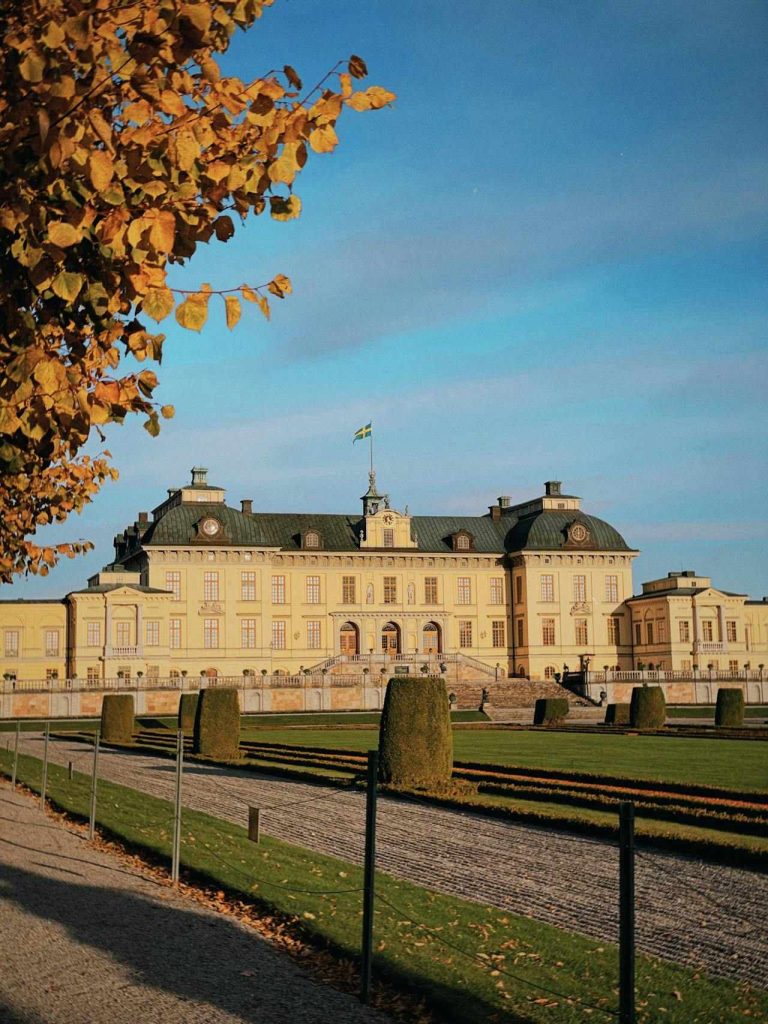
Guided Tours and Access
Guided tours are a fantastic way to learn about the rich history of Drottningholm Palace. These tours are available in several languages and typically last about 45 minutes.
You will explore several key areas, including the palace itself, the beautiful French gardens, and the theater. Each tour offers unique insights into the palace’s architecture and royal significance.
Access to the gardens is free, even if you don’t opt for a tour. Make sure to check the schedule for guided tours upon arrival. This ensures you can plan your visit without missing out on key highlights. Enjoy the charm of this UNESCO World Heritage site!
Preservation and Future
Maintaining the beauty and significance of Drottningholm Palace is essential for future generations. Efforts focus on conservation and education, ensuring that this UNESCO World Heritage Site remains a cherished cultural landmark.

Conservation Efforts for the UNESCO Site
Preservation of the Royal Domain of Drottningholm involves specialized care for its gardens, buildings, and artworks. This includes regular maintenance to combat weathering and wear.
Expert teams perform careful restorations using traditional methods and materials. They ensure that any repairs align with the palace’s historical integrity.
Additionally, modern technology aids in monitoring the site’s condition, allowing for timely interventions.
Community involvement plays a vital role. Volunteers often help with gardening and maintenance. This fosters a connection between the palace and the public, promoting shared responsibility for its preservation.
Educational Role and Cultural Importance
Drottningholm Palace serves as a living museum. You can explore its rich history through guided tours and exhibitions. These experiences emphasize its importance as a cultural symbol in Sweden and beyond.
School programs and workshops engage students with the palace’s history and architecture. You can learn about Swedish royal life and the significance of being a UNESCO World Heritage Site.
Local cultural events at the palace foster community ties. These activities showcase traditional Swedish arts, music, and cuisine, enriching the cultural fabric of the region. By participating, you help keep the heritage alive for future generations.
Together, these preservation efforts and educational initiatives ensure that Drottningholm Palace continues to inspire and connect with visitors.
Beyond the Palace
Drottningholm Palace is just the beginning of exploring the cultural and historical richness of Sweden. You’ll find other remarkable sites in the area that also hold UNESCO World Heritage status and contribute to the identity and heritage of the Royal Family and the Swedish people.
Related World Heritage Sites
In addition to Drottningholm Palace, you might want to explore other nearby UNESCO sites. One notable site is Birka, an ancient Viking village that showcases Sweden’s maritime heritage. It offers insights into early trade and daily life during the Viking Age.
Another site is Hovgården, which is adjacent to Birka. Hovgården was an important royal estate used by Swedish kings. Together, Birka and Hovgården provide a glimpse into Sweden’s rich history and development from the Viking Age to the present. Visiting these sites enhances your understanding of Sweden’s past.
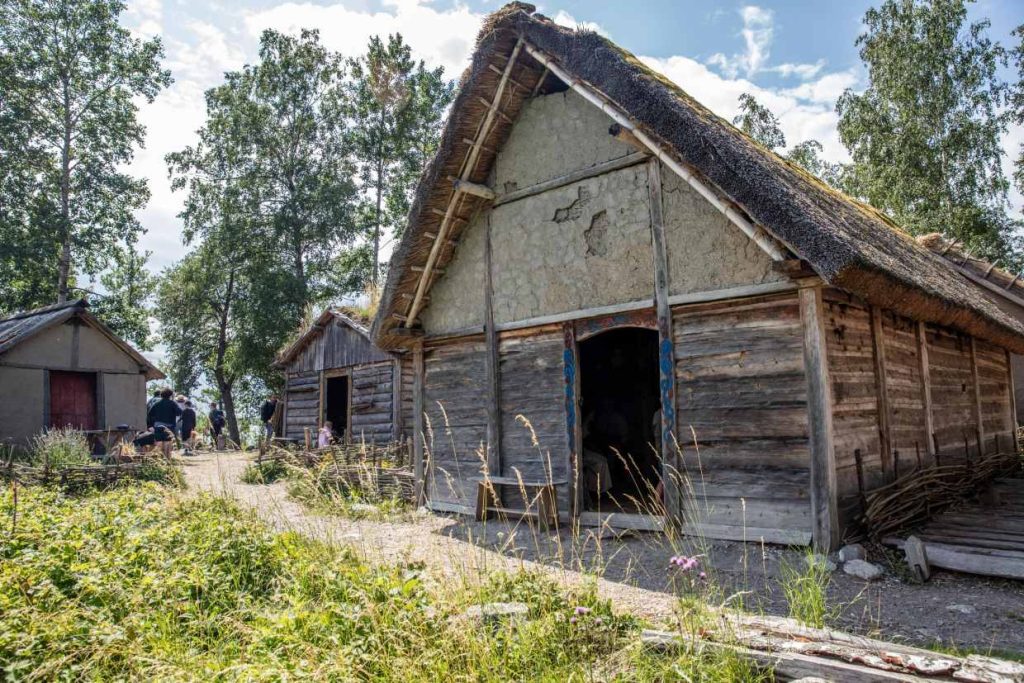
Drottningholm’s Contribution to Swedish Identity
Drottningholm Palace plays a crucial role in shaping Sweden’s cultural heritage. It is the official residence of the Royal Family and serves as a symbol of Sweden’s artistic and architectural achievements.
The palace’s design blends elements of French and Swedish styles, making it unique. Additionally, the gardens and grounds reflect the importance of nature in Swedish culture.
They offer a space for the public to connect with history while enjoying beautiful landscapes. The palace is more than just a residence; it is a living part of Swedish history, providing a sense of national pride and identity.
Quick Visitor Tips – Drottningholm Palace
Best Time to Visit:
May to September for full garden access and pleasant weather. Visit early or late in the day to avoid crowds.
Tickets & Tours:
- Adults: SEK 160 | Students: SEK 140 | Kids (7–17): SEK 80
- Guided tours in English daily (summer) or weekends (rest of year)
- Free audio guide via the Royal Palaces app
- Self-guided park tours available via the Royal Walks app

Getting There:
12 km west of Stockholm. Reachable by metro + bus, car, or seasonal boat ride (Apr–Oct).
Accessibility:
Limited wheelchair access inside; stair climber available with advance notice. Guide dogs welcome.
Other Tips:
- No large bags or strollers inside
- Photography allowed (no flash/tripods)
- Plan 2–4 hours for the full experience

